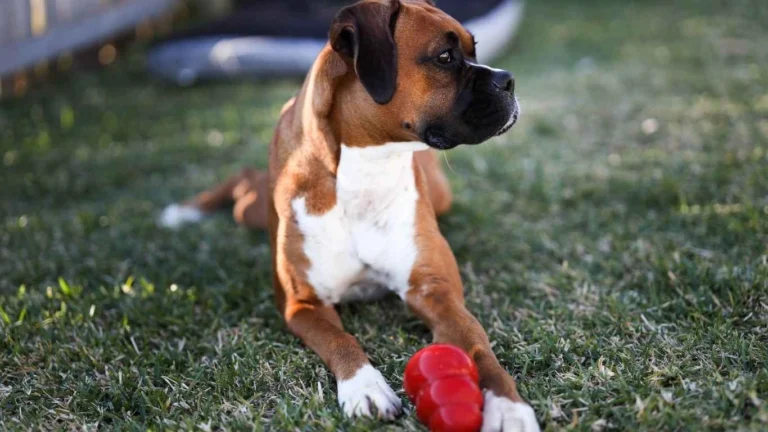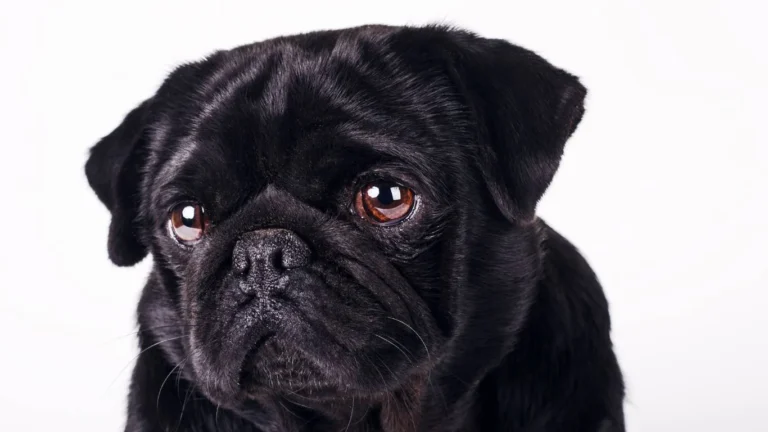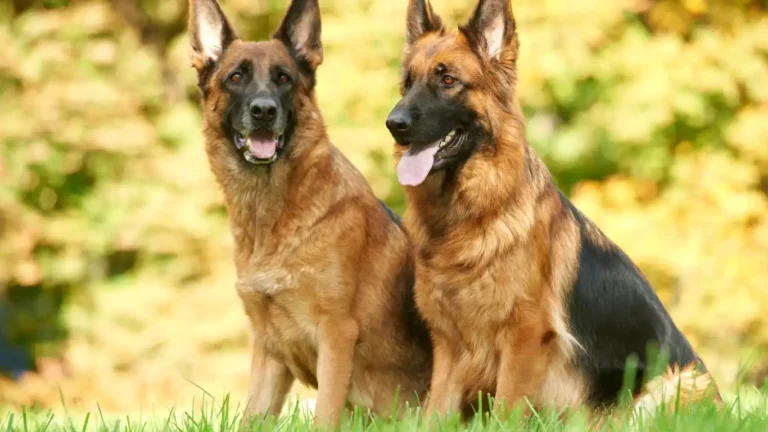How to Help Your Dog with Changes in Routine: Expert Tips That Work
If you’ve ever noticed your dog acting a bit off when there’s been a shift in their daily schedule, you’re not alone. Dogs thrive on routine—it’s their security blanket. So, how to help your dog with changes in routine is a question I get asked often, especially from pet parents dealing with anything from moving houses to switching up their work hours. As a Veterinary Technician with a focus on nutrition, I’ve seen firsthand how subtle changes in a dog’s environment or schedule can impact their behavior, appetite, and overall well-being. Let’s dive into some practical, real-world tips that can help you keep your furry friend calm and happy during those unpredictable times.
Why Dogs Struggle with Routine Changes

Dogs are creatures of habit. Their internal clock and daily rhythm give them a sense of safety and predictability. When that routine is disrupted—whether it’s a new work schedule, a vacation, or even a temporary change like a construction noise outside—it can cause stress and anxiety. From my experience working alongside pet owners, this often leads to symptoms like:
- Restlessness or pacing
- Loss of appetite or picky eating
- Excessive barking or whining
- Destructive behaviors like chewing or digging
- Withdrawal or clinginess
Understanding that your dog isn’t “just being difficult” but actually responding to stress helps us approach the situation with more empathy and effective strategies.
How to Help Your Dog with Changes in Routine: Tips That Work

Keep the Basics Consistent
Even when everything else feels chaotic, try to keep key elements like feeding times, walk schedules, and bedtime as steady as possible. From what I’ve seen working in nutrition, dogs rely on this consistency not only for comfort but also for digestive health. If you suddenly feed them at wildly different times, it can upset their stomach and make the adjustment even harder.
Introduce New Elements Slowly
Whether it’s a new diet, a different walking route, or a change in who’s home during the day, introduce those changes gradually. For example, if your work schedule means you’ll be home later, start adjusting your arrival time by small increments over several days rather than a sudden shift. This kind of slow transition helps your dog’s internal clock adjust without overwhelming them.
Create a Safe Space
One of the best tips I always share with pet parents is to create a dedicated “safe zone” for their dog. This could be a cozy corner with their bed, favorite toys, and a blanket that smells like home. During stressful times, encourage your dog to retreat here. In my experience, this can reduce anxiety and give them a quiet place to decompress.
Use Positive Reinforcement
Reward your dog with treats, praise, or playtime when they handle changes well or show calm behavior. This helps them associate new routines with good things instead of stress. I’ve noticed that using treats rich in nutrients tailored for calming support, like certain omega fatty acids, can add a nice bonus to their mental wellness.
Nutrition’s Role in Handling Routine Changes

Nutrition plays a surprisingly big role when it comes to helping dogs cope with stress from routine changes. From my clinical experience as a vet tech focusing on nutrition, a well-balanced diet rich in antioxidants, vitamins, and essential fatty acids supports brain health and can improve mood stability. When your dog is stressed, their digestive system may slow down, making it critical to keep their meals nutrient-dense and easy to digest.
Here are some dietary tips I often recommend:
- Maintain regular meal times to support their biological rhythm.
- Incorporate foods with calming properties, like pumpkin, sweet potatoes, or fish oils.
- Avoid sudden diet changes during stressful periods to prevent gastrointestinal upset.
- Consider supplements specifically formulated for anxiety and stress management, but always check with your vet first.
Exercise and Mental Stimulation: Key Players in Adapting to Routine Changes
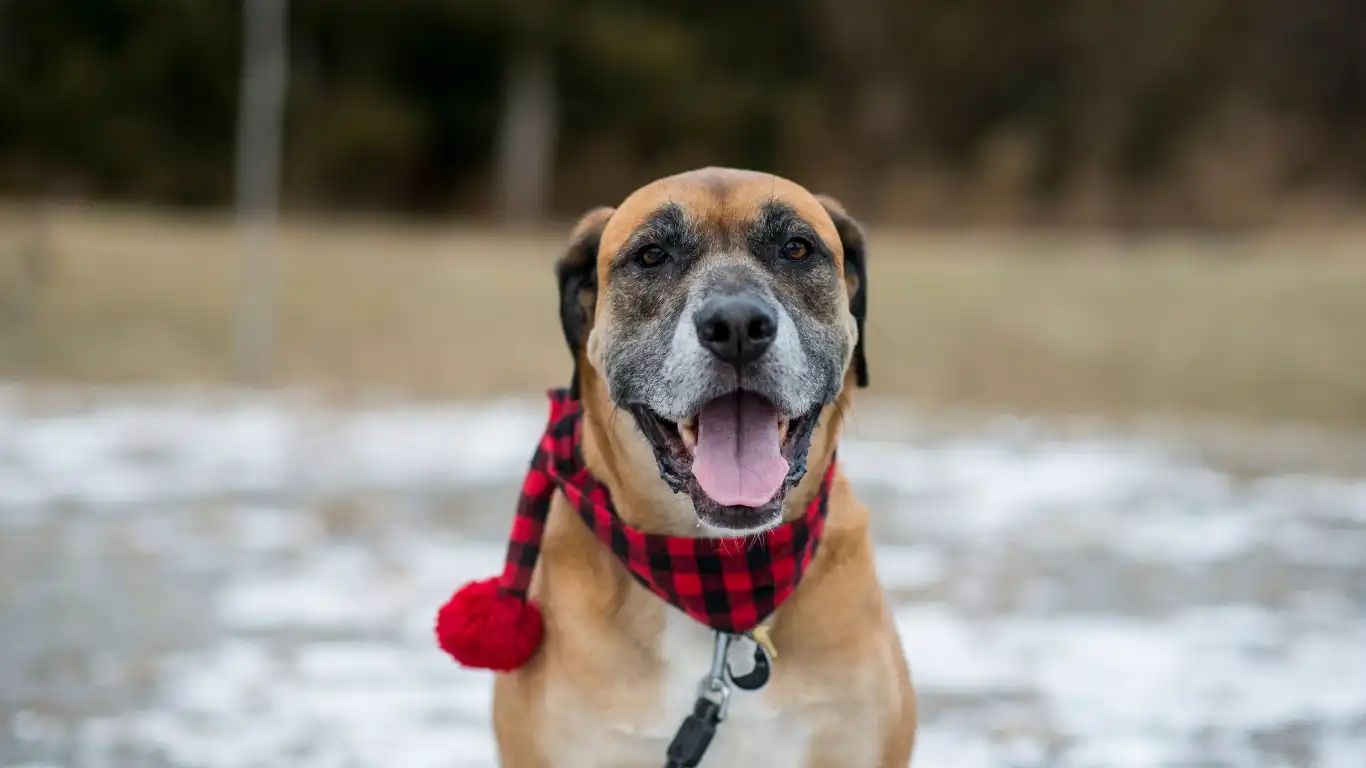
From my experience working with dogs, one of the most overlooked ways to help your dog with changes in routine is through consistent exercise and mental stimulation. When schedules shift, dogs can get bored, anxious, or restless, and this can amplify any stress caused by the change itself.
Regular physical activity helps burn off excess energy that might otherwise turn into nervous behaviors like chewing or barking. It also releases those feel-good endorphins that naturally calm your dog down. Even if your walks have to be shorter or at different times, try to keep the intensity or engagement level up. This could mean adding a quick game of fetch, a bit of agility practice, or even just some tug-of-war inside the house.
On the mental side, puzzle toys, treat-dispensing games, or obedience training sessions can keep your dog’s brain busy and distracted from stressors. I’ve seen dogs transform when their owners introduce these little brain teasers during times of change—it’s like giving them a positive focus and a sense of accomplishment.
Tips for Keeping Your Dog Engaged During Schedule Shifts
- Mix up the walking route: Exploring new smells and sights helps keep walks exciting.
- Use interactive toys: Kong toys stuffed with treats or frozen peanut butter work wonders for occupying your dog.
- Try short training sessions: Teaching simple commands or tricks can build confidence and strengthen your bond.
- Schedule playdates: Social interaction can be a great way to burn off energy and lift their mood.
Signs Your Dog Might Need Extra Support During Routine Changes

Even with all the precautions, some dogs will need extra help managing routine changes. Knowing what signs to watch for is crucial, especially since dogs can’t tell us when they’re stressed. Here are some red flags that say your dog might be struggling:
- Changes in appetite: Either eating way less or more than usual.
- Increased vocalization: Whining, barking, or howling more often.
- Withdrawal or clinginess: Either hiding away or following you everywhere.
- Physical signs: Excessive licking, chewing, or scratching, often around the paws or face.
- Bathroom accidents: Suddenly having accidents in the house despite being house-trained.
In my veterinary experience, these signs often indicate anxiety or discomfort that might need behavioral or medical intervention. Don’t hesitate to reach out to your vet or a certified animal behaviorist if things seem to be escalating. Sometimes a tailored approach with calming supplements, pheromone diffusers, or even short-term medications can make a huge difference in quality of life.
Using Calming Aids and Tools to Ease Transitions
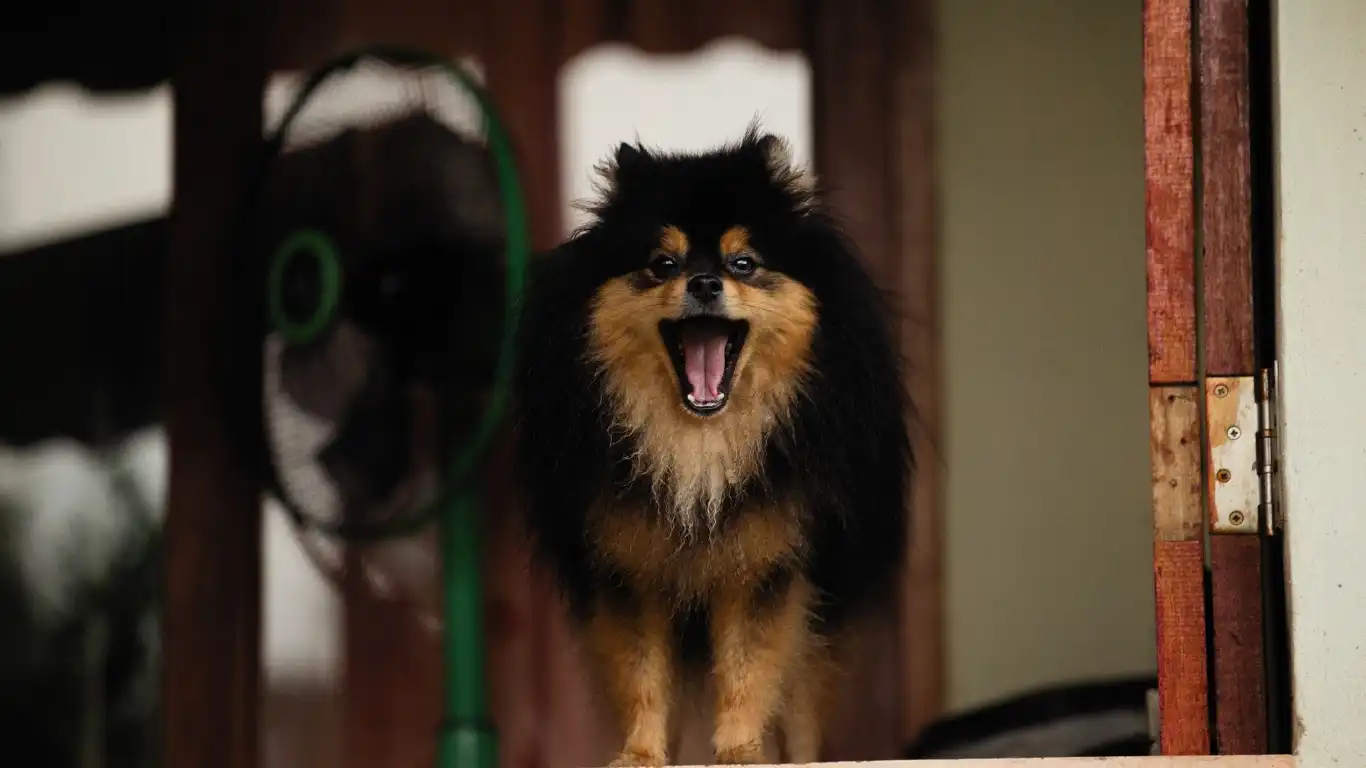
In addition to lifestyle adjustments, there are several calming aids and tools that can support your dog during changes in routine. From my hands-on work in clinics, I’ve learned that these tools often work best when combined with other strategies rather than used alone.
Popular Calming Aids to Consider
- Adaptil products: These synthetic pheromone diffusers mimic the comforting scent mother dogs give off, helping reduce anxiety.
- Thundershirts or calming wraps: Gentle pressure can soothe nervous dogs, similar to how swaddling calms babies.
- Natural supplements: Ingredients like L-theanine, chamomile, or valerian root can promote relaxation. Always consult your vet before starting any supplement.
- Music therapy: Soft classical or specially designed “pet relaxation” playlists have been shown to reduce stress in dogs.
From my personal observations, combining these aids with consistent routines, exercise, and nutrition creates a balanced approach that really helps dogs cope better. It’s all about building an environment that feels safe and predictable, even when life throws curveballs.
Building Long-Term Resilience: Helping Your Dog Thrive Through Life’s Changes
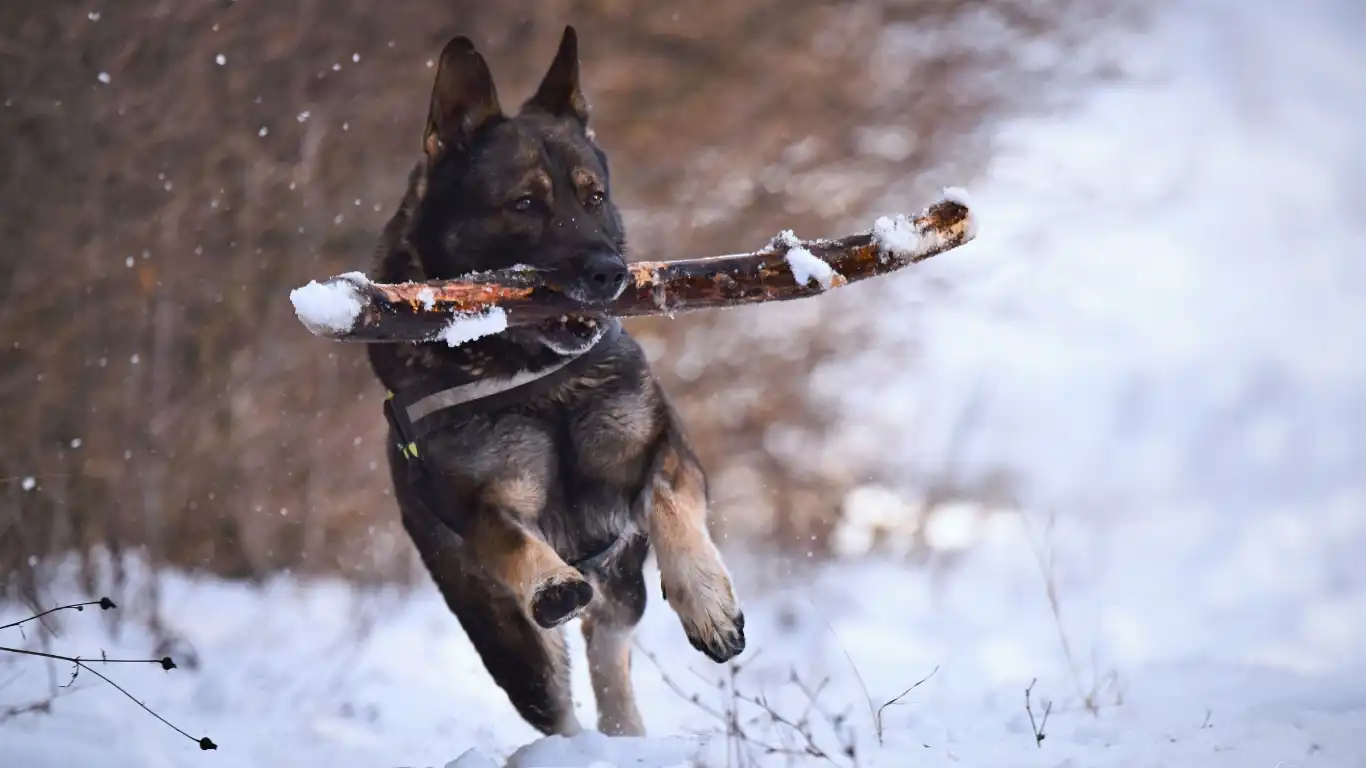
One of the most rewarding parts of my work as a Veterinary Technician is seeing dogs not just survive, but truly thrive, despite changes in their routines. While immediate strategies to help dogs cope with schedule shifts are essential, fostering long-term resilience can make future transitions much smoother—for both you and your furry companion.
From my personal and professional experience, resilience in dogs is a mix of consistent care, emotional support, and proactive mental and physical stimulation. Here are some ideas that I’ve found work well in building this kind of “emotional muscle”:
Establish a Predictable Yet Flexible Routine
Yes, dogs love routine, but life isn’t always predictable. Teaching your dog to be comfortable with some flexibility can help reduce stress when unexpected changes happen. For example, occasionally varying walk times or play sessions—but keeping them within a familiar time window—helps your dog learn that while the schedule might shift a bit, things generally stay safe and positive.
Positive Socialization and Exposure
Dogs who are well-socialized and exposed to different environments, people, and sounds from a young age tend to adapt better to changes. If your dog is older or less socialized, slow, positive exposure to new situations can still be very beneficial. I often advise pet parents to take it slow and celebrate every small victory with plenty of treats and praise.
Ongoing Training and Mental Challenges
Training isn’t just about obedience—it’s a way to engage your dog’s brain and build confidence. Regular training sessions, even just a few minutes a day, can create a solid foundation of trust and communication that helps your dog feel secure when routine shifts occur.
One of my favorite go-to tricks for resilience building is teaching “settle” or “relax” commands. These empower dogs to calm themselves on cue, which is invaluable during moments of stress.
When to Seek Professional Help
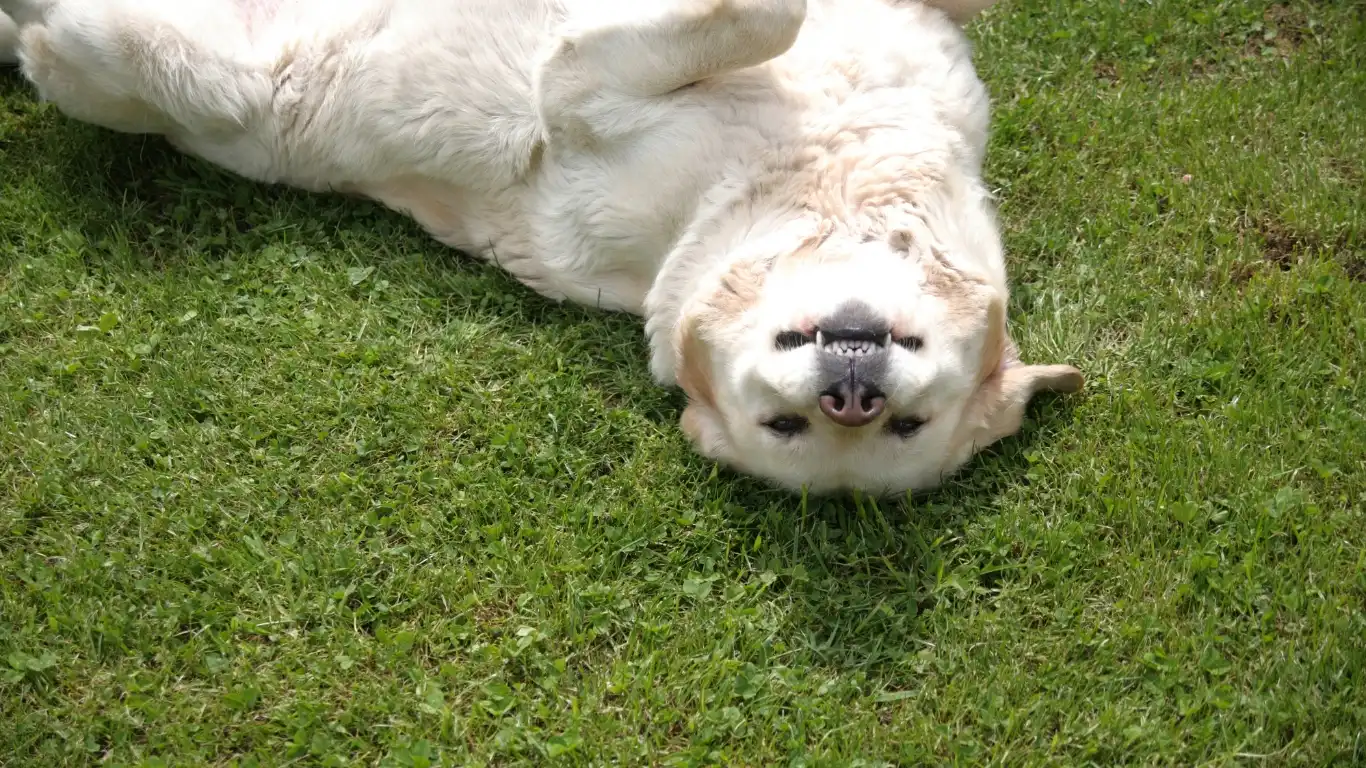
Sometimes, despite your best efforts, routine changes can trigger significant anxiety or behavioral issues that need professional support. As a vet tech, I always encourage pet parents not to feel embarrassed or hesitant about seeking help—this is a common challenge, and professionals are here to guide you.
If your dog’s stress is persistent or worsening, or if you notice signs like aggressive behavior, extreme destructive habits, or severe depression, it’s time to talk to your veterinarian or a certified animal behaviorist. They can:
- Perform a thorough health check to rule out any underlying medical issues.
- Offer tailored behavioral modification plans.
- Recommend safe and effective medications or supplements if needed.
- Provide guidance on environmental enrichment and calming strategies.
From my experience working in clinical settings, early intervention often leads to the best outcomes, so don’t delay if you feel overwhelmed or unsure.
Wrapping Up Your Approach to Helping Your Dog with Changes in Routine
Helping your dog through changes in routine is really about understanding their needs and responding with patience, consistency, and love. Drawing on my years as a Veterinary Technician specializing in nutrition and overall animal care, I can confidently say that a combined approach—balancing physical health, mental stimulation, and emotional support—creates the most lasting positive impact.
Remember, every dog is unique, and what works for one might need tweaking for another. Observing your dog closely, tuning into their cues, and adjusting your approach accordingly will make all the difference.
References
Disclaimer
This article is intended for informational purposes only and should not replace professional veterinary advice. If your dog is experiencing significant distress or behavioral changes, please consult a licensed veterinarian or certified animal behaviorist to develop a personalized care plan tailored to your dog’s specific needs.

